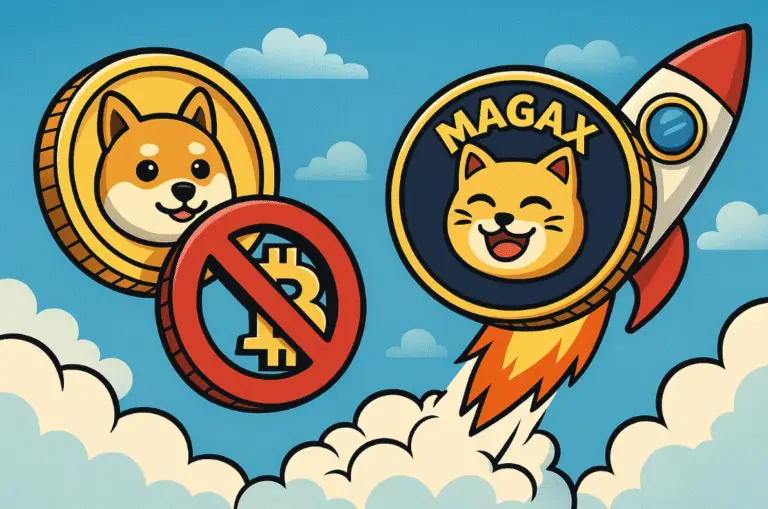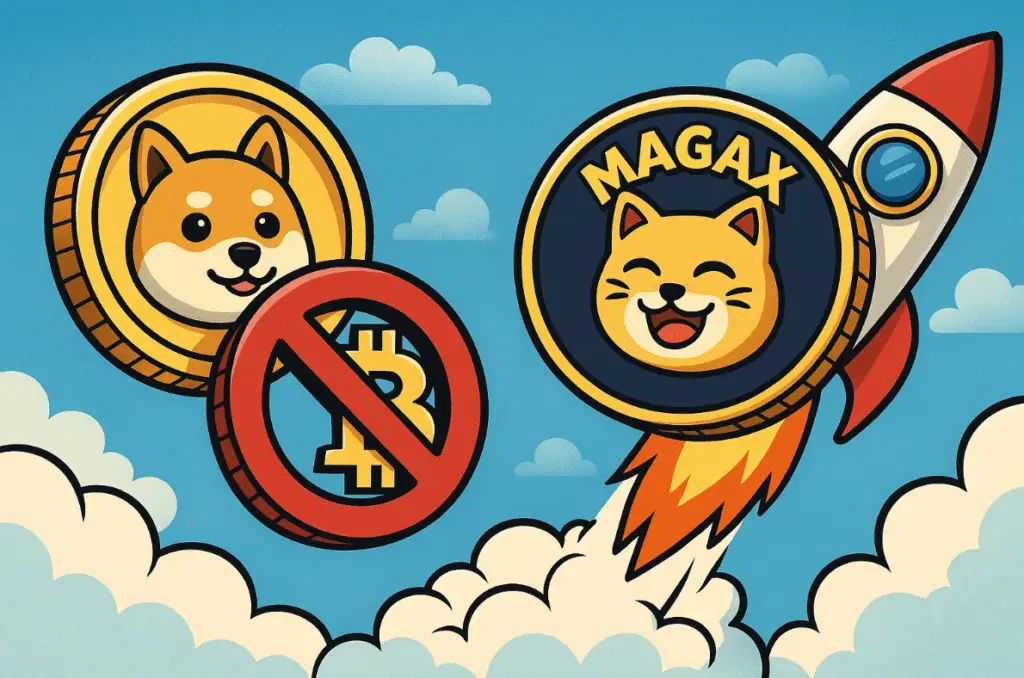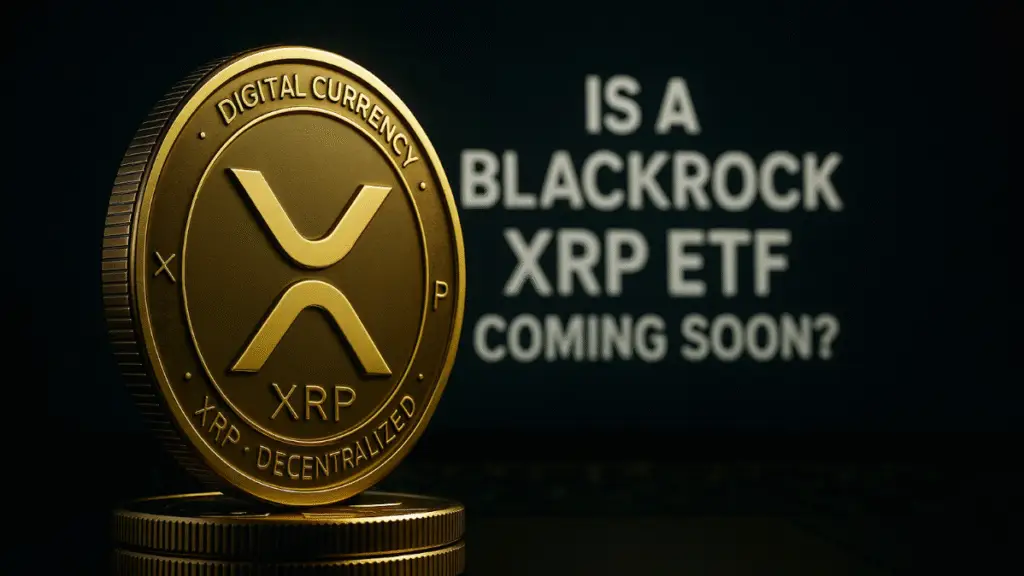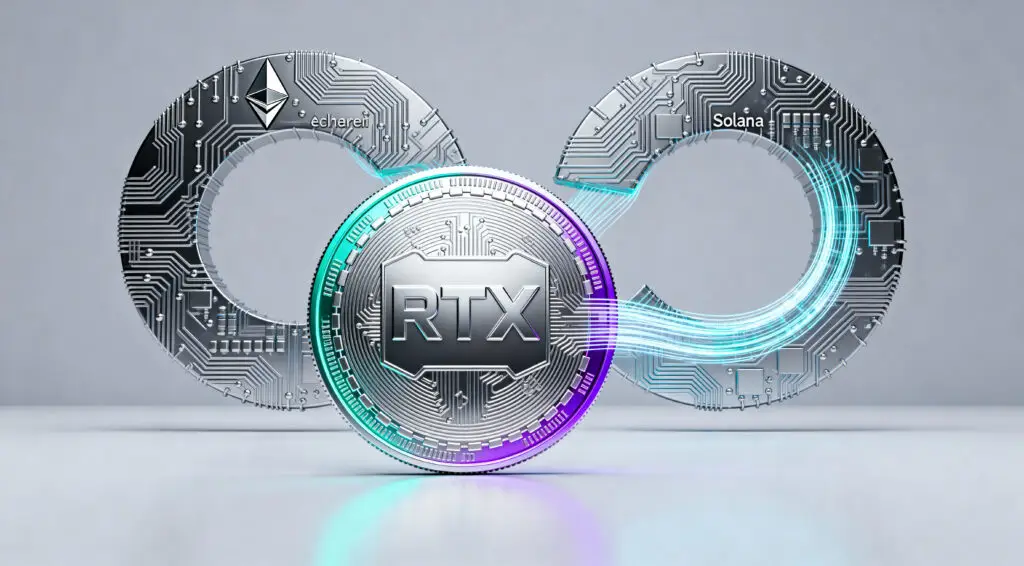JPMorgan Flags Rising Stablecoin Rivalry
JPMorgan analysts are warning that Circle’s dominance with its USDC stablecoin is under pressure from emerging competitors. Tether is preparing to roll out a new U.S.-compliant token, while Hyperliquid and fintech giants like Robinhood and Revolut are exploring launches of their own.
Analysts argue that this wave of new entrants could challenge Circle’s market share across exchanges and institutions. The heightened competition comes just as U.S. regulators finalize the GENIUS Act, a law designed to standardize stablecoin oversight. For Circle, the timing underscores how quickly the landscape is evolving.
Tether’s USAT Aims for Compliance and Trust
Tether’s planned USAT stablecoin is designed to meet the full requirements of the GENIUS Act, unlike its flagship USDT, which remains only partly compliant. According to JPMorgan, Tether intends to custody reserves with Anchorage Digital, a chartered institution.
This could help Tether attract institutional players by lowering counterparty risks and boosting transparency. By directly managing USAT’s reserves, Tether also stands to capture more yield and improve profitability. For Circle, the launch of USAT means a direct rival positioned on compliance credibility.
Hyperliquid Moves Away From Reliance on USDC
Another threat to Circle’s market share is Hyperliquid, which is launching its own stablecoin under the ticker USDH. The decentralized futures exchange currently accounts for around 7.5% of total USDC usage.
By introducing USDH, Hyperliquid reduces its dependence on Circle while securing its liquidity base. Analysts say this could quickly erode USDC’s share on trading platforms where Hyperliquid already has strong adoption. The move also signals that exchanges want tighter control of their ecosystems.
Recommended Article: Hyperliquid Price Forecast: HYPE Recovery Gains Strength as USDC Launch Boosts Record Revenues and Adoption
Fintech Giants Enter the Stablecoin Arena
Beyond crypto-native rivals, fintech heavyweights like Robinhood and Revolut are preparing to launch their own stablecoins. These companies have millions of retail users and the infrastructure to integrate tokens directly into everyday financial apps.
If executed successfully, fintech-backed stablecoins could accelerate mainstream adoption at a faster pace than traditional crypto projects. For Circle, this creates a new competitive dimension that extends far beyond exchanges. The fintech challenge highlights how the stablecoin market is no longer a niche product but part of global financial infrastructure.
Circle Counters With Arc Blockchain Initiative
To defend its position, Circle is developing Arc, a purpose-built blockchain optimized for stablecoin transactions. The platform is expected to prioritize speed, security, and interoperability to keep USDC central to the ecosystem.
By building dedicated infrastructure, Circle aims to strengthen its network effects and attract institutional partners. Arc could also help Circle mitigate reliance on external blockchains like Ethereum or Solana. However, analysts caution that execution risks remain as competitors gain momentum.
Stablecoin Growth May Be a Zero-Sum Game
Despite the flurry of new entrants, JPMorgan analysts warned that stablecoin expansion may not grow the overall market. Historically, stablecoin supply has closely tracked the crypto market cap rather than outpacing it. Unless the broader crypto universe expands, issuers will mainly compete for slices of the same pie.
This makes the competition between Circle, Tether, and Hyperliquid a zero-sum game, where one’s gain comes at another’s expense. Analysts suggest Circle may face margin compression as rivals pursue aggressive market strategies.
Market Outlook and Long-Term Implications
The stablecoin market currently stands at $278 billion, representing less than 8% of total crypto market cap. While growth has been steady, its share of the broader market has remained flat since 2020. For Circle, this stagnation means that competition could erode its dominance without expanding overall adoption.
Tether’s compliance-driven USAT, Hyperliquid’s USDH, and fintech challengers each add unique pressures. The next 12 months may determine whether Circle retains its leadership or cedes ground in a more fragmented stablecoin ecosystem.















